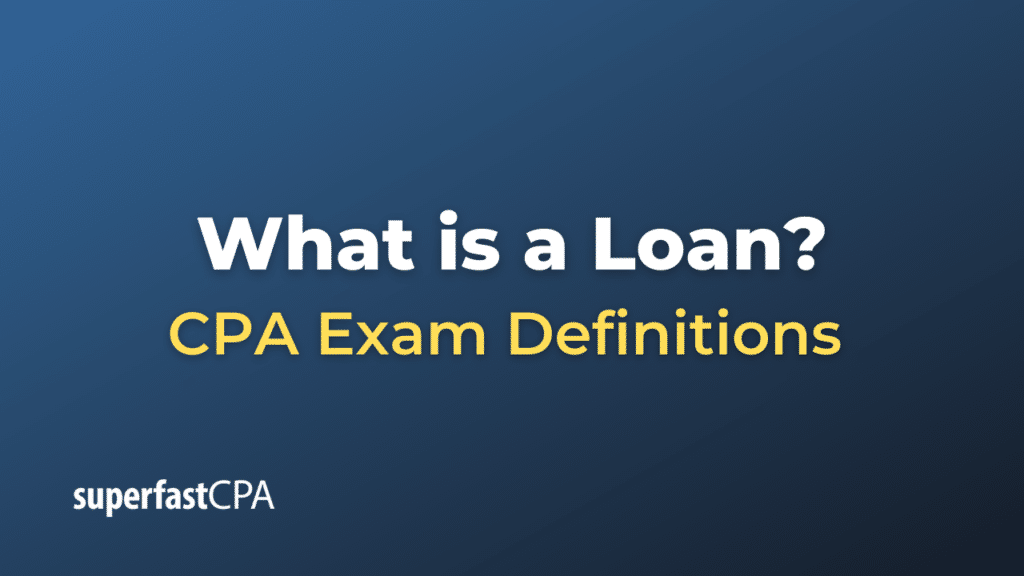Loan
A loan is a sum of money that is borrowed from a lender, such as a bank or other financial institution, which is expected to be paid back with interest. The terms and conditions of repayment, including the interest rate and timeline for repayment, are typically outlined in a loan agreement.
There are several types of loans, including:
- Personal Loans: These are usually unsecured loans, meaning they don’t require collateral, and are often used for personal purposes like home renovation, vacation, medical expenses, or to consolidate debt.
- Mortgage Loans: These are used to purchase real estate. The property being purchased serves as collateral for the loan.
- Auto Loans: These are used to purchase vehicles. The vehicle serves as collateral for the loan.
- Student Loans: These are used to pay for education-related expenses. They often have lower interest rates and more flexible repayment options compared to other types of loans.
- Small Business Loans: These are used to start or expand a small business. They can be secured or unsecured and may come from traditional banks or alternative lenders.
- Payday Loans: These are short-term, high-cost loans that are typically due on the borrower’s next payday. They’re intended to help people cover immediate cash needs until they get their next paycheck.
When someone takes out a loan, they are legally obligated to repay the amount borrowed, known as the principal, as well as any agreed-upon interest. Failure to repay a loan can result in penalties and damage to the borrower’s credit score.
Example of a Loan
Here’s an example of a common type of loan: a mortgage loan.
Let’s say Jane wants to purchase a house that costs $300,000. She has saved $60,000 for a down payment. Therefore, she needs to borrow the remaining $240,000 to pay for the house. She goes to a bank and applies for a mortgage loan.
After reviewing her credit history, employment status, income, and other factors, the bank approves her for a 30-year fixed-rate mortgage loan at an interest rate of 3.5% per year. The bank sets up a repayment schedule where Jane will make monthly payments for the next 30 years to repay the loan.
Using a mortgage calculator, we find that Jane’s monthly payments will be approximately $1,077. This includes repayment of the principal (the $240,000 she borrowed) and the interest.
Over the 30-year life of the loan, Jane will end up paying back the $240,000 principal plus about $147,720 in interest, for a total of about $387,720. This is how the bank makes a profit from lending money.
If Jane fails to make her mortgage payments on time, the bank has the right to foreclose on the property. This means they can take ownership of the house and sell it to recoup their money. This is because the house itself is the collateral for the mortgage loan.
Of course, this is a simplified example and the exact terms of a mortgage loan can vary. For example, some mortgages have variable interest rates, some require mortgage insurance, and so forth. It’s important for anyone considering a loan to understand all the terms and conditions before borrowing.












